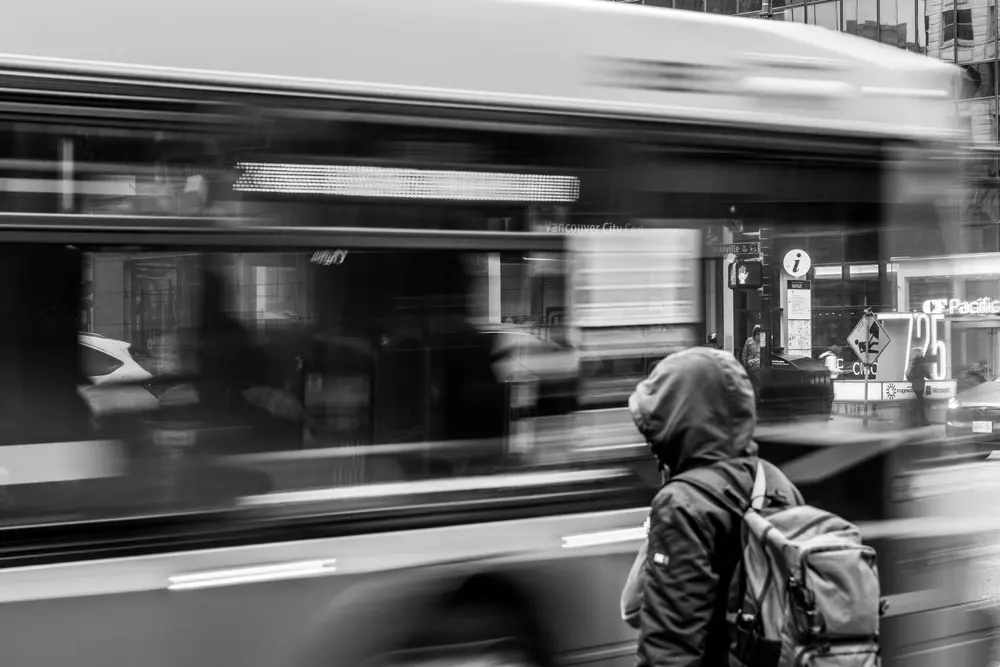Midcentury icon Bruce Gilden once said, “If you can smell the street looking at a photo, it’s a street photograph”. While we ultimately all have our own approaches to the craft (and rightly so), Gilden’s anecdote still remains relevant nonetheless.
But how do you make your street photos stand out? How do you let your audience smell the street, feel the fabric of your subject’s clothing, and cry with their tears?
The answer may sound as nebulous as the question, and it all comes down to the right idea. Fortunately for you, this is exactly what we are going to tackle today. Let’s take a walk through some imaginative, creative, and unusual street photography ideas to help you find the inspiration for your next outing!
This is going to be a comprehensive and varied overview, so it really doesn’t matter how far you are into your career as a street photographer. Anyone can use some solid inspiration sometimes, so without further ado, let’s get right into it!
Contents
Understanding Street Photography
We already kicked this off with Bruce Gilden’s famous quote above, so chances are, you probably do have a bit of a vision as to what it means to you already.
But how do we really define this genre? What does it mean to ‘smell the street’, in more concrete terms?
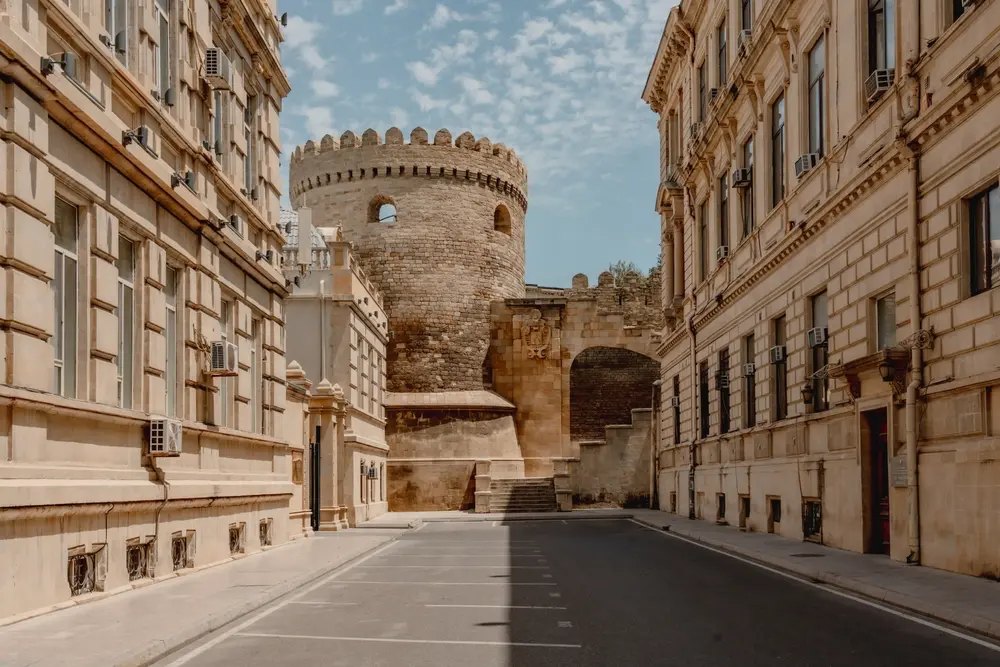
Simply put, what sets street photography apart from most other genres is its ability to use the camera to bring people closer to each other and to the places they inhabit. In other words, it’s about taking spontaneous scenes and candid moments and turning them into something profound.
With all that said, it is also important to practice it with respect for your subjects’ privacy and personal space. Candidness may be an integral component of the genre, but capturing candid scenes can tread a fine line between spontaneous creativity and unwarranted harassment.
Always maintain a measure of respect and make sure, before you head out, that you know what you’re comfortable with in order to get that great shot!
Creative Street Photography Ideas
Without further ado, let’s take the plunge and discover some of my favorite creative street photography project ideas for photographers of all experience levels! I roughly sorted these by theme and genre, so you can peruse the list in any order depending on your preferences.
People & Emotions
For many, candid encounters with people are what make their photos truly special. Photographing strangers and turning their story into street portraits may not be for everyone (certainly not for the socially anxious among us), but it can be a very rewarding experience and can allow you to get a ton of material out of the same location.
1. Capturing Candid Moments

Especially among beginners, the biggest difficulty often lies in finding that fleeting moment where lighting, movement, and emotion intersect in just the perfect spot. A smirk on a person’s face, a ray of sunbeams across the pavement, you get the idea.
To catch this kind of moment in candid shots is definitely no easy feat. But it is a skill that can be honed and perfected with practice!
To become more proficient at extracting great photos out of these kinds of scenes, try to develop both your confidence in your gear as well as your situational awareness.
At the same time, being conscious of your location matters a lot. Whether you’re on public transportation or out in the wide open on a sunny day, scanning the vicinity for interesting interactions is something you should be consciously doing throughout your assignment. This becomes easier in more familiar environments, as you’ll know which corners to watch out for.
2. Street Portraits
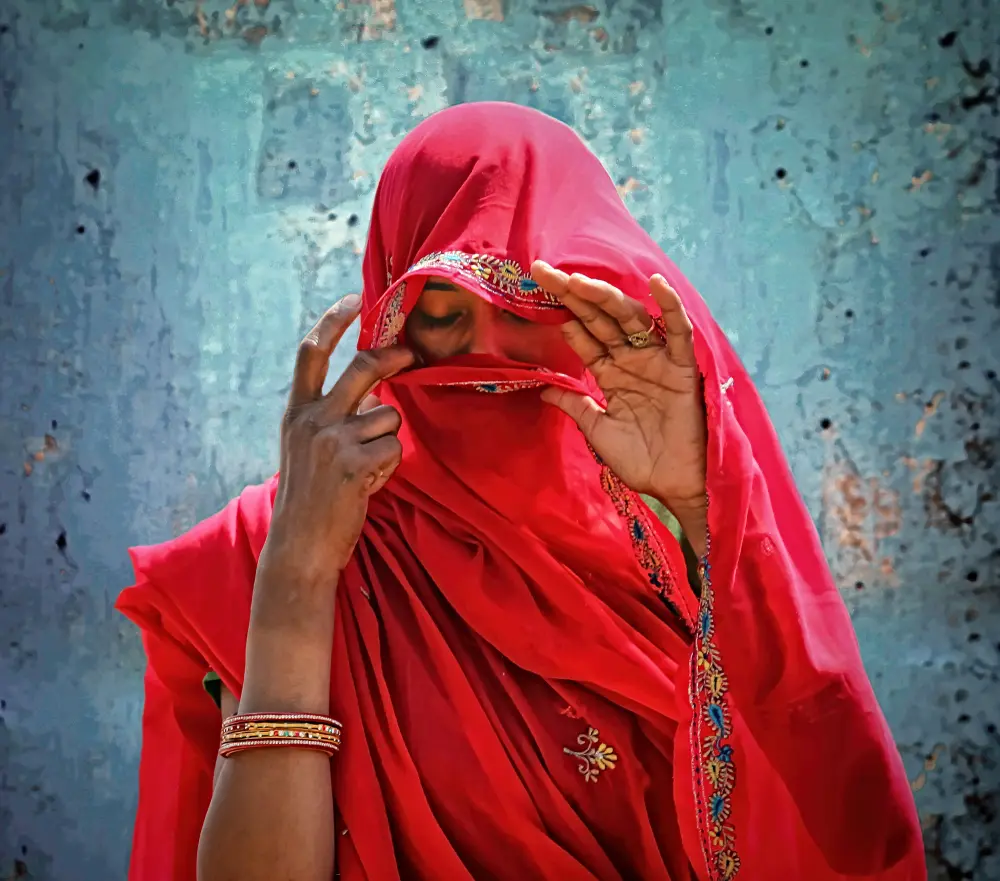
Both in candid shots and in more formal environments, street portraits are a bread-and-butter shot that also makes for excellent practice material.
Try to orient yourself around some of your favorite pictures in this genre and emulate them at first. You’ll find that the best compositions among candid street portraits are often an elegant combination of the tried-and-true and a dash of improvisation.
If your shot is of the more spontaneous, unposed persuasion, the way you approach your subject is also crucial. As you can imagine, a friendly and open manner can go a long way.
Building rapport quickly, by gently introducing yourself and your work without too much fluff or salesy language, is something you should definitely practice. Healthy eye contact also works wonders even on total strangers, I have found!
3. Juxtaposition
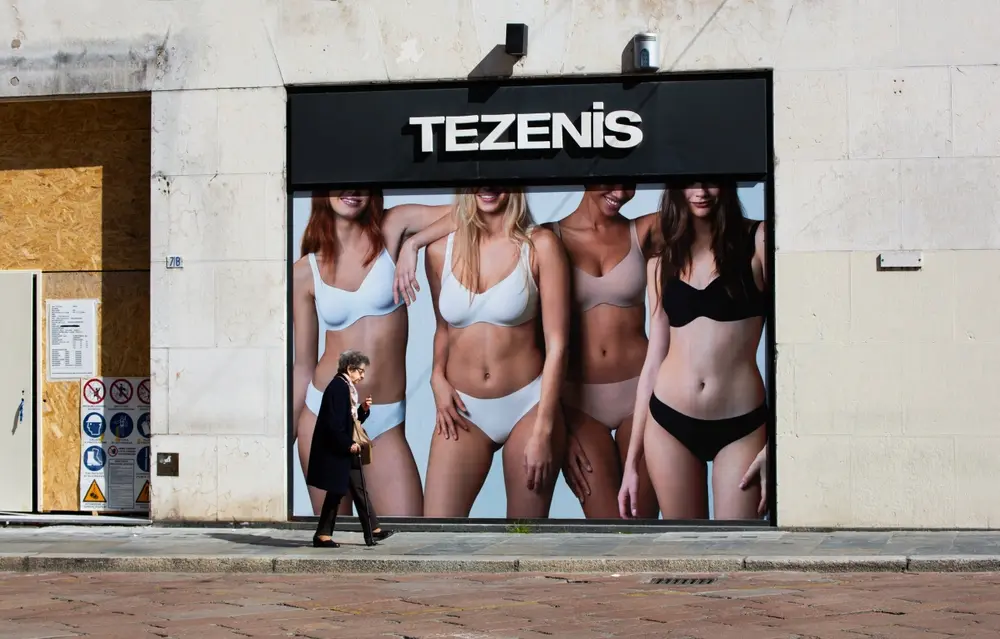
Contrasting and contradicting elements in your composition are a great way to get the viewer out of their comfort zone and to tell a meaningful story even without much action.
Whether it’s a dapper-looking businessman stepping out of a rundown office complex or a swarm of crows in a feeding frenzy on a picturesque street corner, strange coincidences and unique juxtapositions of contrasting elements can make for some of the best photos in this genre.
The best part? These kinds of scenes happen all around us every day, and you don’t need to head out to someplace special to find them. Just keep an eye out and have your camera at the ready!
4. Photographing People, Photographers Included
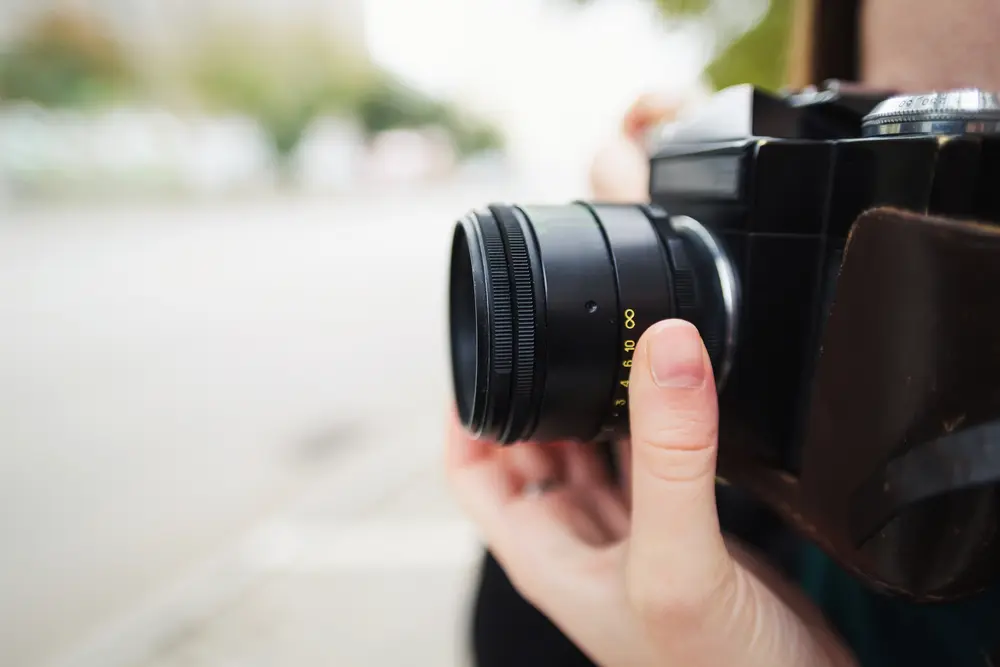
Taking photos of other photographers at work can be a humbling and fascinating experience as it’ll let you get closer to both them and their creative process, as well as your own.
It’s not just the collaborative spirit that’s important. Seeing the world through not just your own lens, but also somebody else’s at the same time, adds another layer to your street photos that can really tell an interesting story.
Urban Landscapes
Apart from the people we meet, the geography of the urban environment is the other big aesthetic draw in street photography. Cityscapes and architecture are some of my favorite subjects, and while they present their own challenges, they are also full of interesting stories.
5. Architecture & Geometry
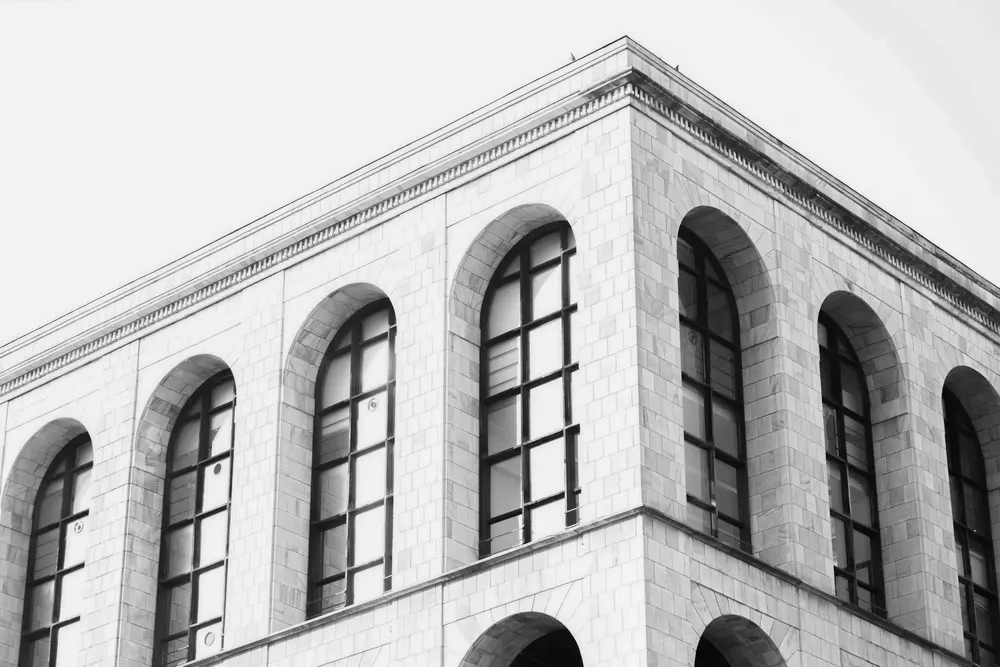
The big thing that separates built-up public spaces from the natural world and from people is their geometry. Buildings, vehicles, and architectural installations are meant to follow some kind of geometric pattern, which even if it isn’t perfectly symmetrical, is inherently angular and composed.
For us photographers, this is both a godsend and a challenge worth taking on.
6. Reflections & Mirrors
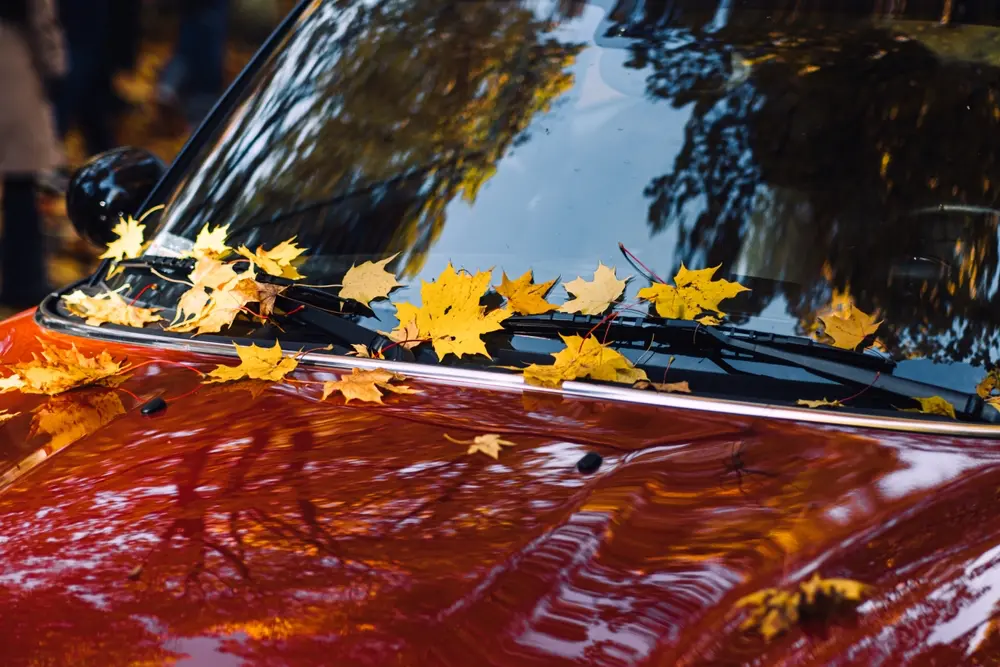
Another thing that’s extremely fun to play with on a shooting day is reflections. Almost every facade we walk past on an average day has large glass surfaces all over. We can use that to our advantage to create unusual, immersive compositions.
7. Silhouettes & Shadows
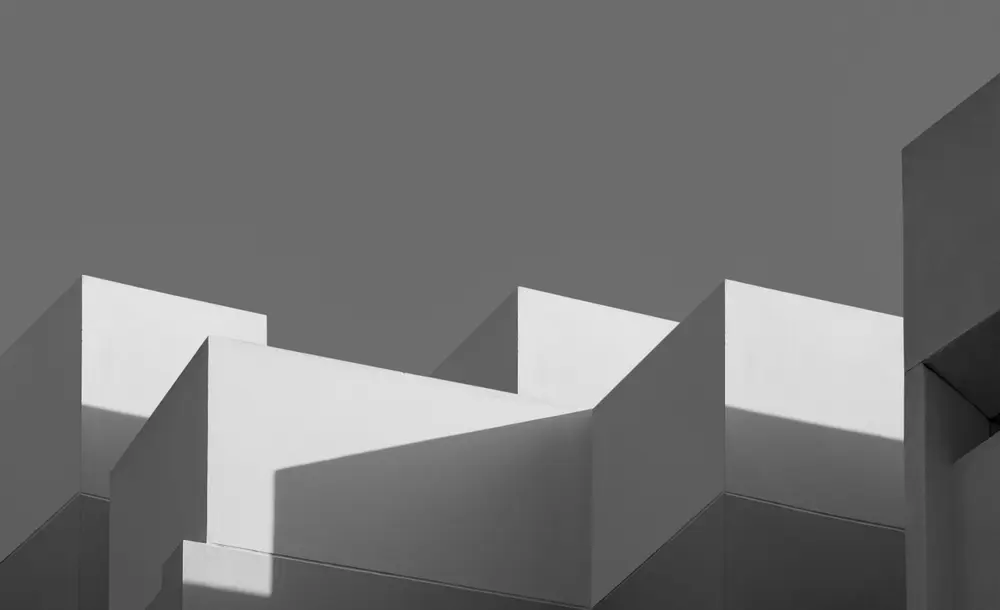
The unique angular features and proportions of the urban landscape also make for distinctive lighting patterns. Especially during the peak of the day and the late afternoon, harsh and geometric shadows can add a ton of interesting atmosphere to your urban street photo project.
8. Street Art & Graffiti
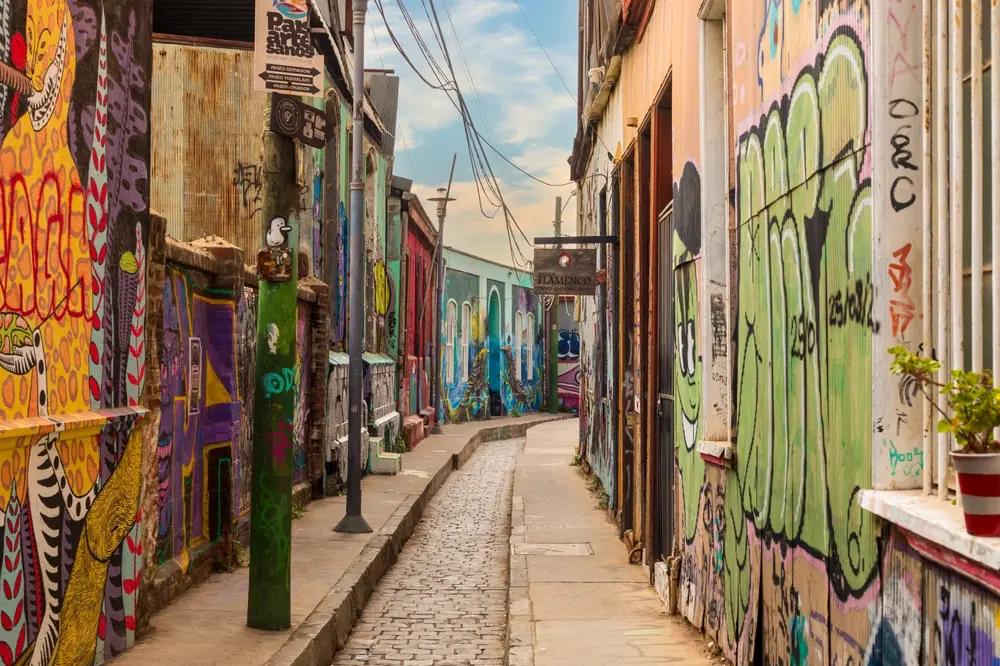
Street art doesn’t have to be a distraction or ruin your otherwise clean frame. Instead, I suggest you try to make it the focal point of your composition next time!
The vibrant colors and eclectic moods of street art can really change the atmosphere of a shot dramatically. If you can utilize this to your advantage, you may have some winning shots on your hands.
9. Empty Streets
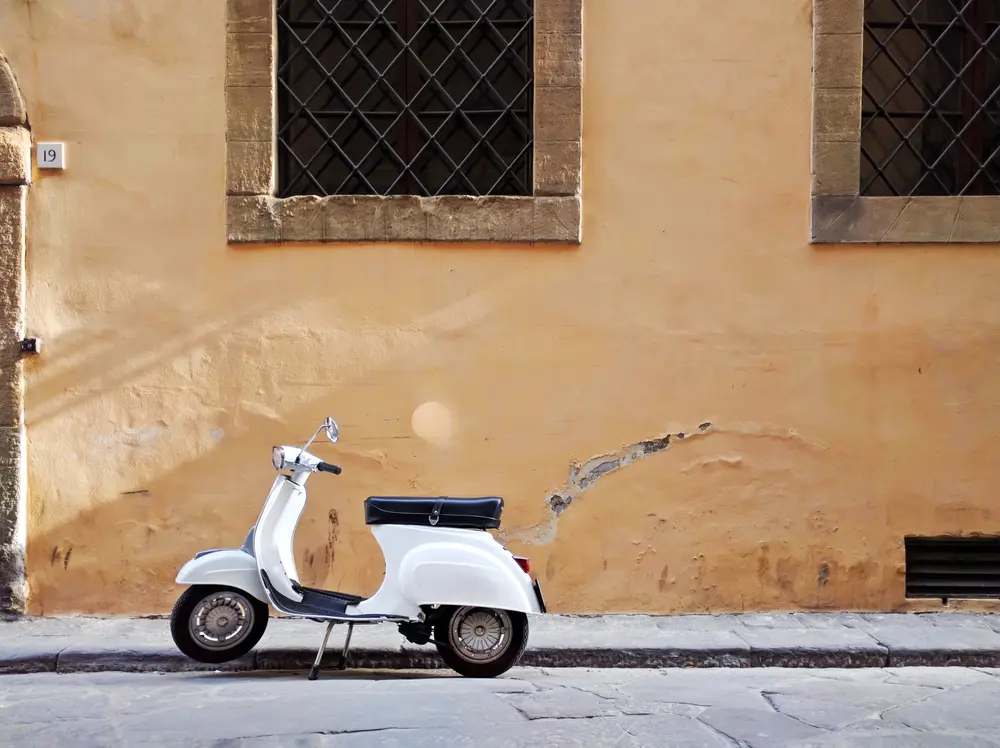
Most people native to the hubbub of the inner city know it as a loud, fast-paced place to live. The thick crowds and motion that we get to see in most photos only add to that existing impression.
So why not go against the grain a little next time? Instead of scanning the streets for an interesting composition during its busiest, most action-heavy hours, try going out during the off-peak corners of the day, such as the very early mornings.
The surprisingly quiet and empty wide open spaces at these hours can make you see the world differently, no doubt. But they can also make the same location provoke an entirely different atmosphere than usual, which makes this trick worth experimenting with.
Motion & Time
As I just mentioned, the city is where the action happens, and nowhere is there more action on any given day than on the street. It makes sense, then, that motion and the flow of time are incredibly widespread and useful thematic devices to use in your photography.
10. Long Exposure Shots
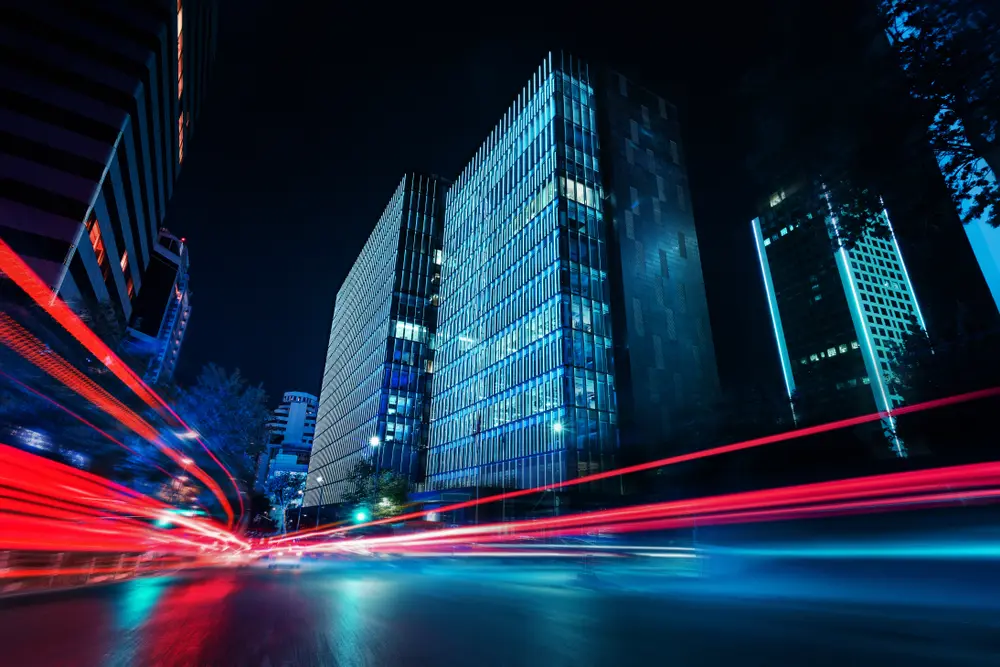
In most circumstances, we want our photos to appear as sharp as possible, and that generally means selecting as much of a fast shutter speed as we can get away with.
In street photography, you can do the same, but one of my favorite techniques is to actually buck the trend and go in the opposite direction.
Shooting long exposures handheld exaggerates the sense of movement in your scene. In particularly busy locations, this can make the atmosphere of the shot feel more immersive and actually much more aesthetically interesting than a perfectly sharp, still frame.
11. Panning Techniques
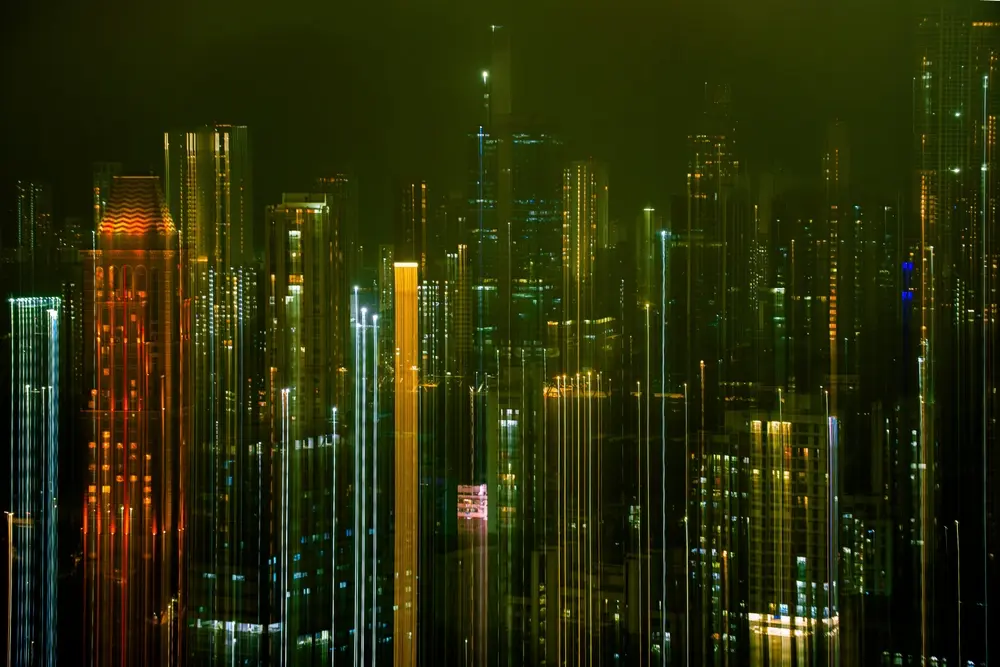
Beyond playing with your shutter speed, you can also try moving the camera as you shoot to provoke certain effects. For instance, if you are shooting a pedestrian who is about to walk right past you, why not pan the camera around them as you press the shutter button?
Combined with a long exposure, this can create a very unique motion blur effect, which will not only make your photos drip with atmosphere but also draw attention to your subject’s features.
12. Time-Lapse Projects
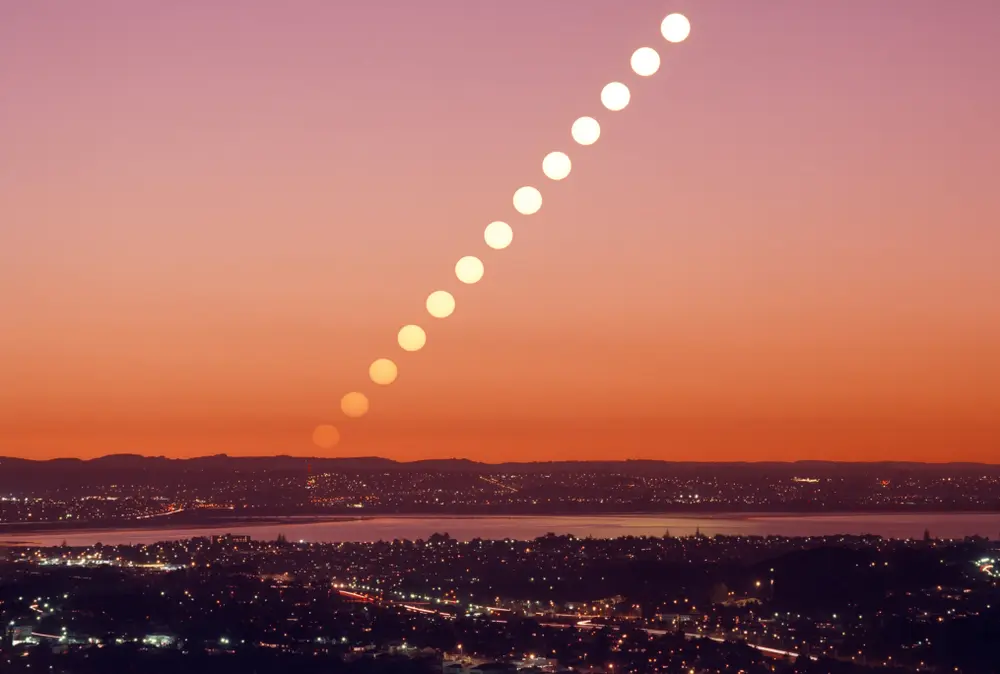
This is one of my favorites to try out in a pinch because it lends itself perfectly to architectural scenes and because you can play around with it even if you don’t have the time for a long, consecutive photo walk.
By hitting up the same location a number of times, documenting the similarities and changes each time, and then compiling those pictures together into a series, a collage, a composite, or even a multiple exposure, you can really do a number on your audience’s sense of time!
13. Motion Blur

Typically, when we photograph people and moving subjects, we want to do the best we can to keep our photos sharp. This requires us to employ a few tricks, such as high shutter speeds and ISOs, as well as different methods of camera stabilization.
However, what can be really interesting for a street photographer to try is to actually lean towards the opposite, deliberately exaggerating blur for a unique motion effect. Try it on your next outing, you may find the results quite addictive!
Thematic Projects
Some of us like to work off a certain theme or central idea to generate a series of images. This can really spur creativity and be a great solution if you’ve been feeling a bit of a lull or block lately.
14. “100 Strangers” Challenge

With experience, many photographers may eventually end up in an unfortunate comfort zone where they hit up the same old locations and people over and over again.
To combat this, how about challenging yourself to get a different person in your viewfinder each and every day? A photo series of 100 strangers is something many famous street photographers have dabbled in. In some cases, this creative exercise even birthed some famous masterpieces!
I can only recommend this kind of challenge for getting yourself out of your comfort zone and building up the soft skills that come in handy when portraying strangers in candid shots.
15. Cultural Events
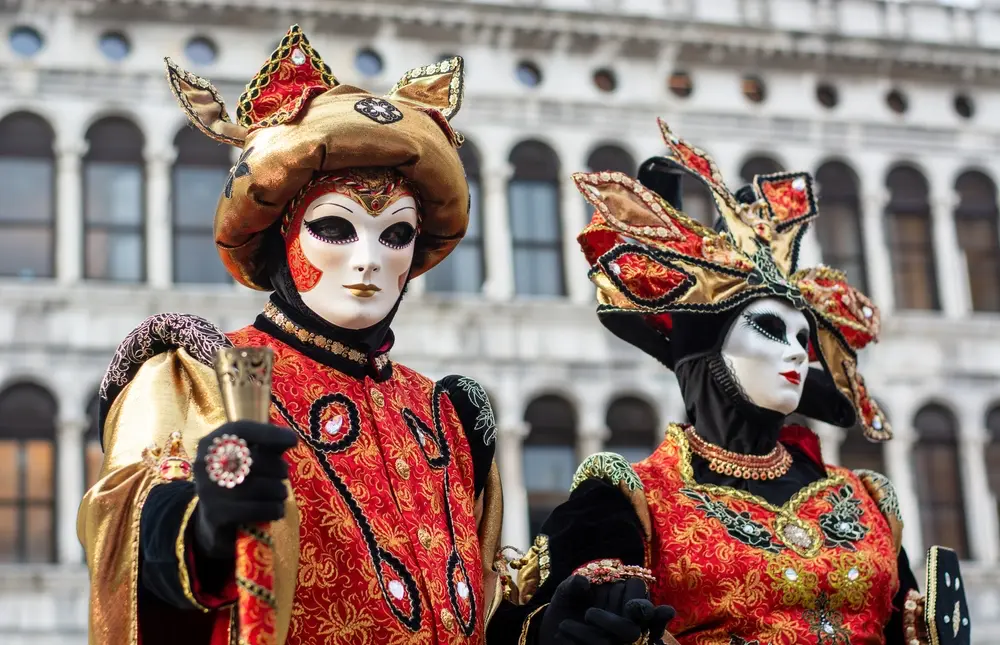
No matter where you may be based, there are bound to be cultural, national, and international events and festivities happening throughout the year. Why not show up with a camera in hand next time?
Whether it’s Easter celebrations in Portugal or Songkran in Thailand, photographing strangers at local events gives you a glimpse at a different side of everyday life that you usually won’t so easily find. There is definitely going to be more action, sights, sounds, colors, and even smells, so it’s a great test of your senses and your mental focus, too!
16. Daily Life Series

On the complete opposite end of the spectrum, how about heading to the quiet back streets and the lonely shop windows and creating a photo series out of the most unassuming of days?
Day-to-day life may seem too uneventful to make for inspiring pictures, but that’s only if you haven’t been paying enough attention. Being able to extract a moving story out of even the quietest of scenes is a hugely valuable skill to have as a photographer, so forcing yourself to document a little slice of daily life each day is a great exercise.
17. Minimalism
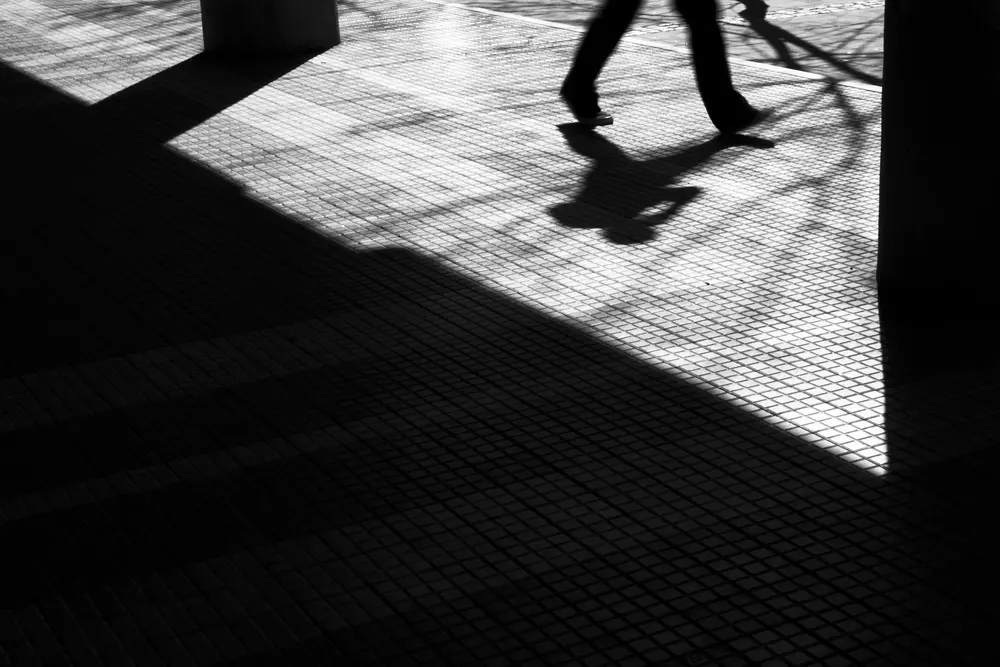
Whether it’s a monochromatic color scheme, a flat, empty environment, or subjects contrasted against surfaces with very smooth, plain textures, embracing minimalism can actually elevate your photography immensely.
Camera Settings for Street Photography
Of course, as in any other genre, one of the key ingredients to success lies in proper camera handling. Let’s go over some key camera settings for well-exposed street photographs, no matter the environment!
Aperture
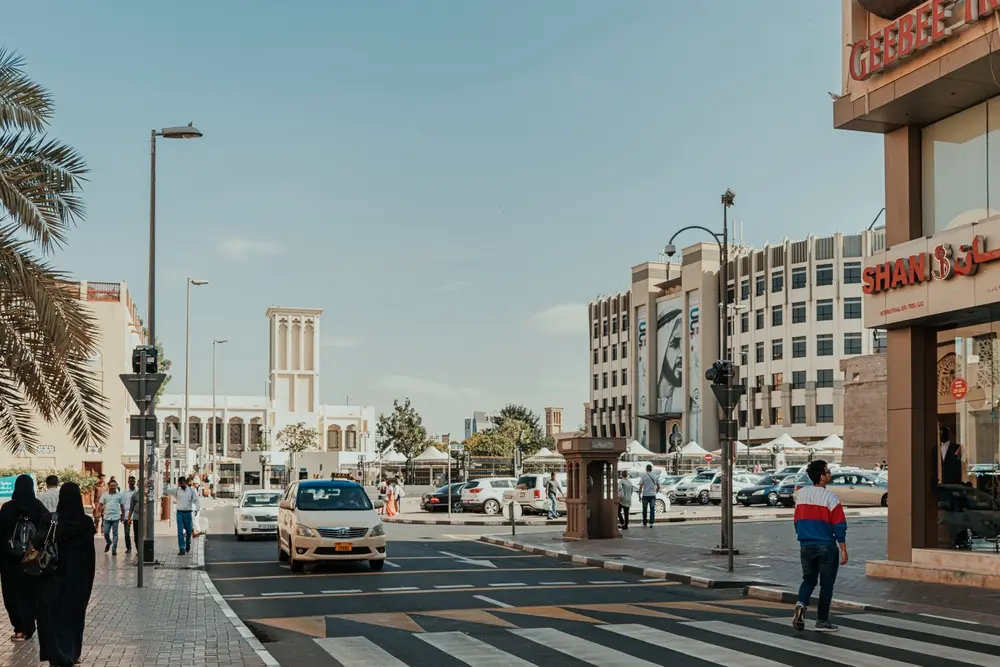
Generally speaking, street photographers shoot with fairly narrow apertures, usually around f/8 and up to f/16. This is because sharpness and depth of field hit their peak around these f-numbers, which is important when you’re shooting handheld and your subjects move unpredictably.
Shutter Speeds
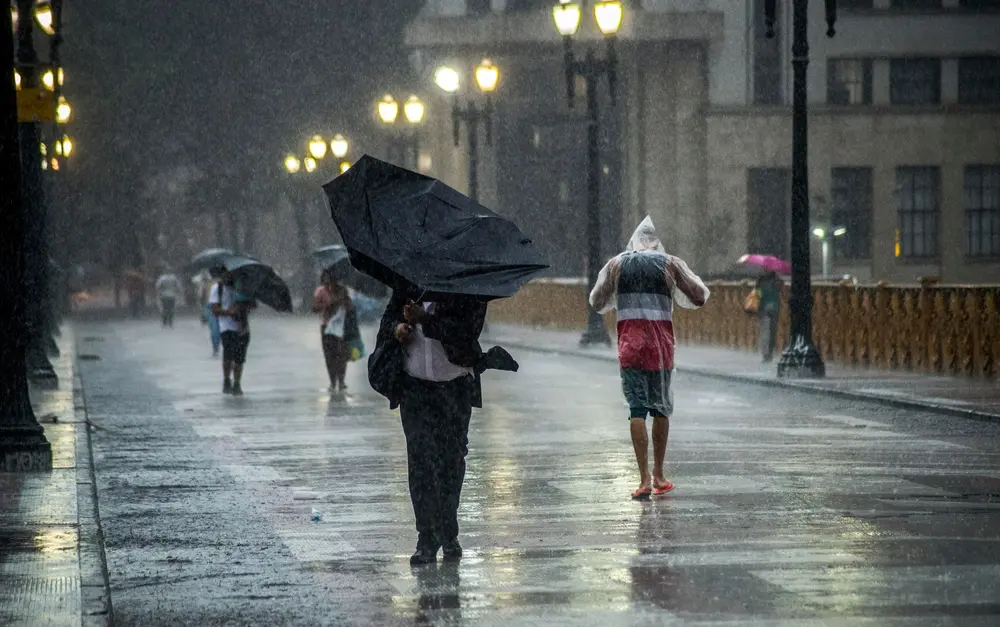
Most of the time, a moderately fast shutter speed from 1/100 to about 1/250 is sufficient on the street, allowing for pleasant sharpness in motion. If you want to play a bit with motion blur, though, try setting the shutter to 1/50 or lower. Of course, the slower the shutter, the more extreme the blur effect will be!
ISO

It’s convenient and usually foolproof to leave the ISO setting on auto in order to compensate for the shutter/aperture combination that you prefer. But if you want to maintain manual control, I’d suggest a relatively high ISO of at least 400 or 800, even in daylight. This will allow you to stop down the lens aperture without worrying about underexposure.
Focus Modes
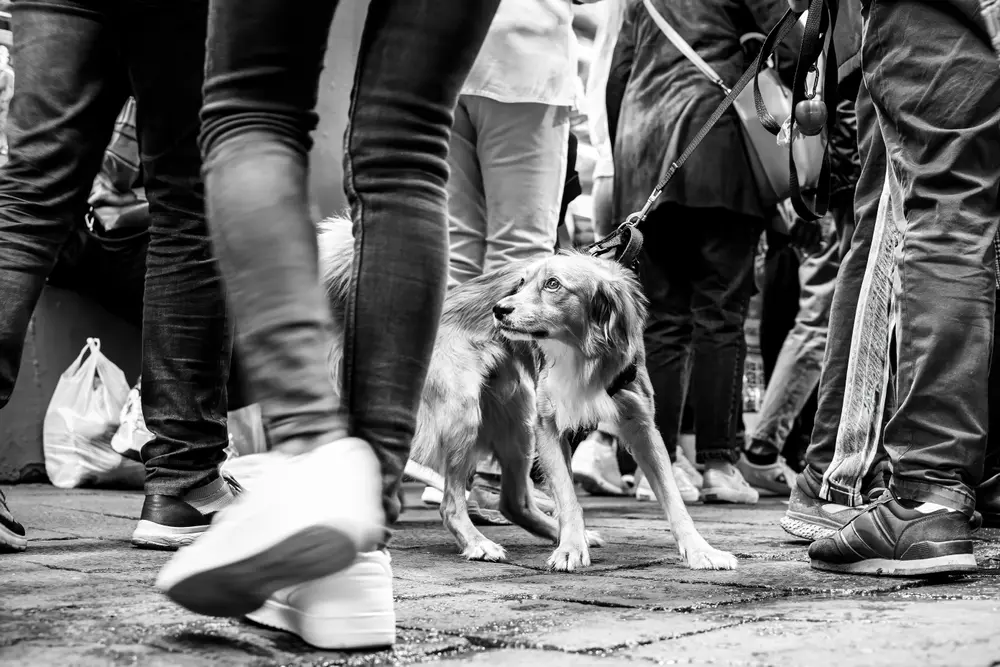
Here, there are two camps. The old guard maintains that zone focus and a good prime lens, with the right amount of practice, can beat any and all automatic focus modes in terms of sheer speed and flexibility, so they leave all their lenses and cameras set to full manual.
On the other hand, Continuous Autofocus Mode (AF-C) combined with a Group or Dynamic AF Area mode setting allows for hands-off shooting with great accuracy even in hectic environments.
Composition Techniques
Of course, even a masterful control of exposure won’t make up for shoddy compositional skills! I already mentioned how crucial this is for great street photography, but it really deserves underlining, so let’s do a quick recap of some of the most important key elements of composition.
Rule of Thirds
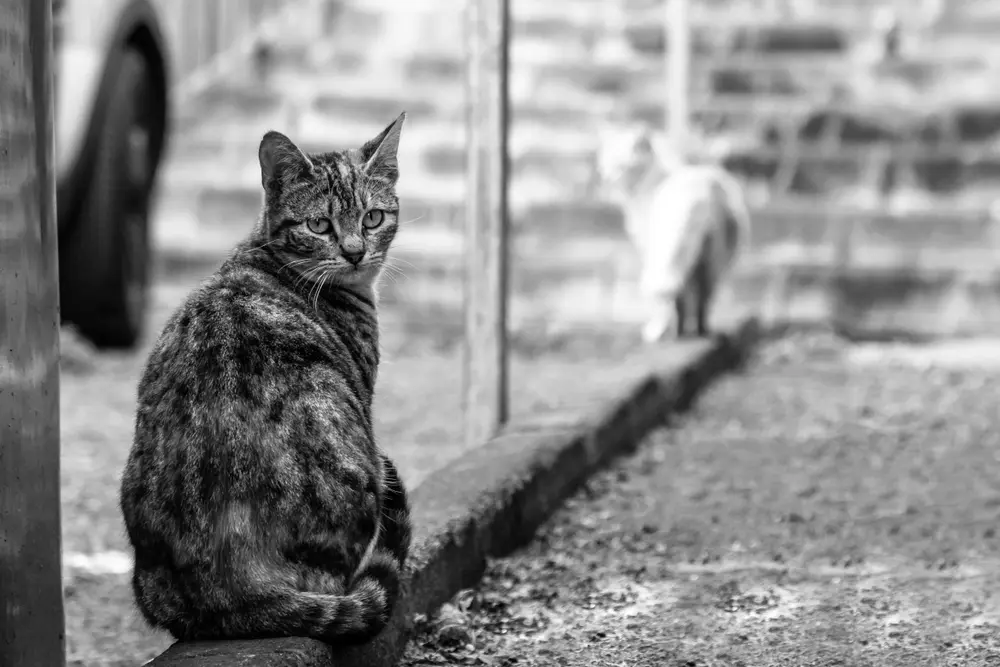
While composing on the move with precision is a bit tricky, the rule of thirds is one of the most basic compositional laws that you can always keep in the back of your head, even when you’re not looking through the viewfinder. Remember: you want to get the central subject of your piece to land at the intersections between the grid of thirds!
Leading Lines
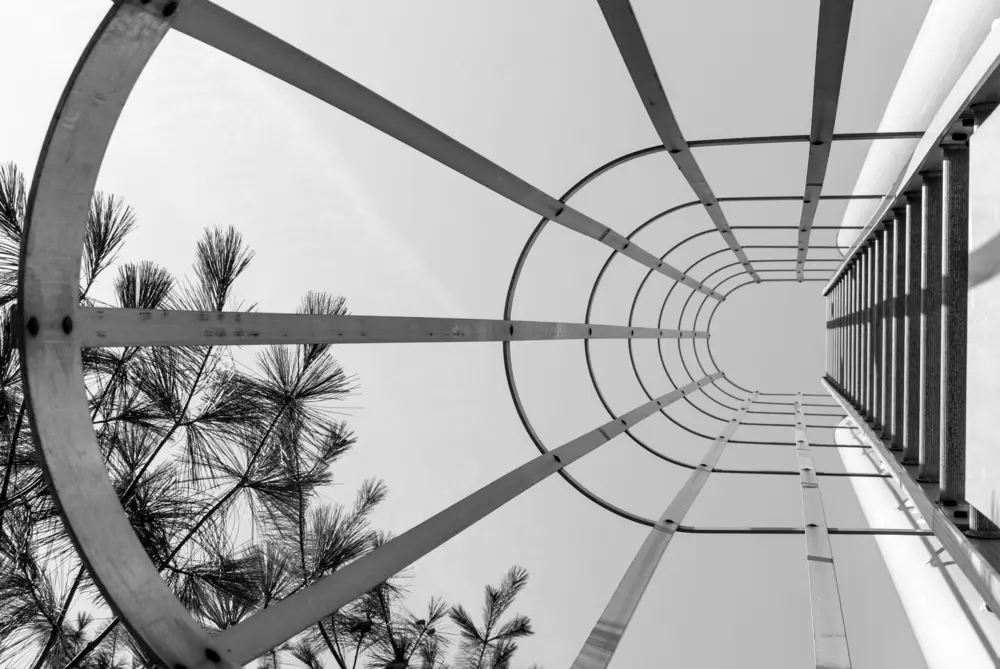
Both natural and manmade environments are full of leading lines, and you can use these to accentuate or divert attention towards (or away from) your subjects. Try using roads, paths, rows of street lamps, walls, hedges, trees, and windows to your advantage here.
Framing
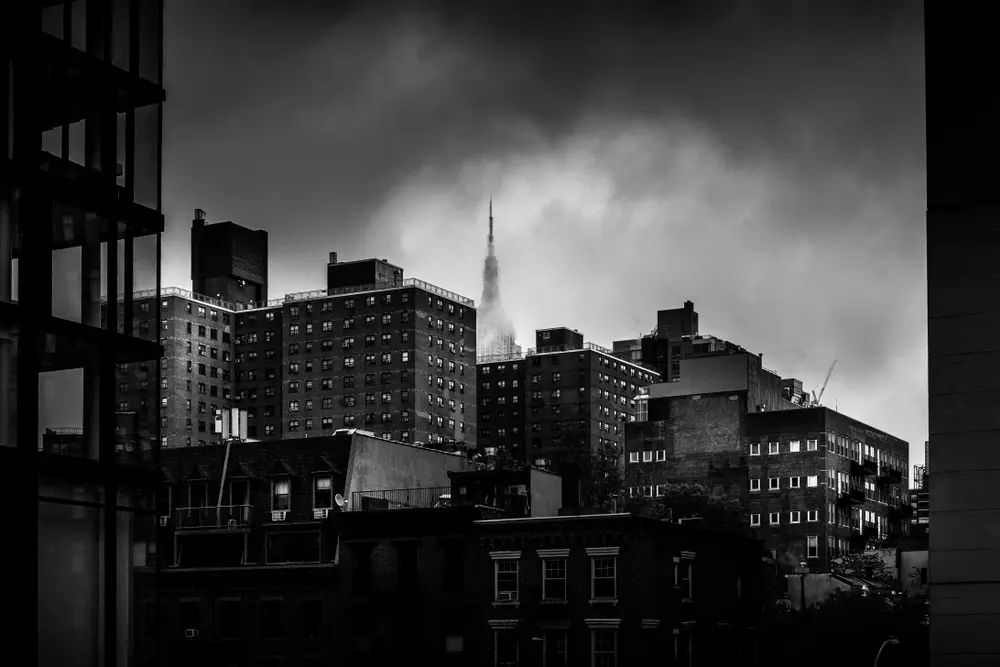
Especially when covering architecture, natural frames are your best friend. Use doorways, gates, fences, and windows to provide a natural frame for your subject. This will make the shot feel more immersive and add spatial context to boot!
Layering
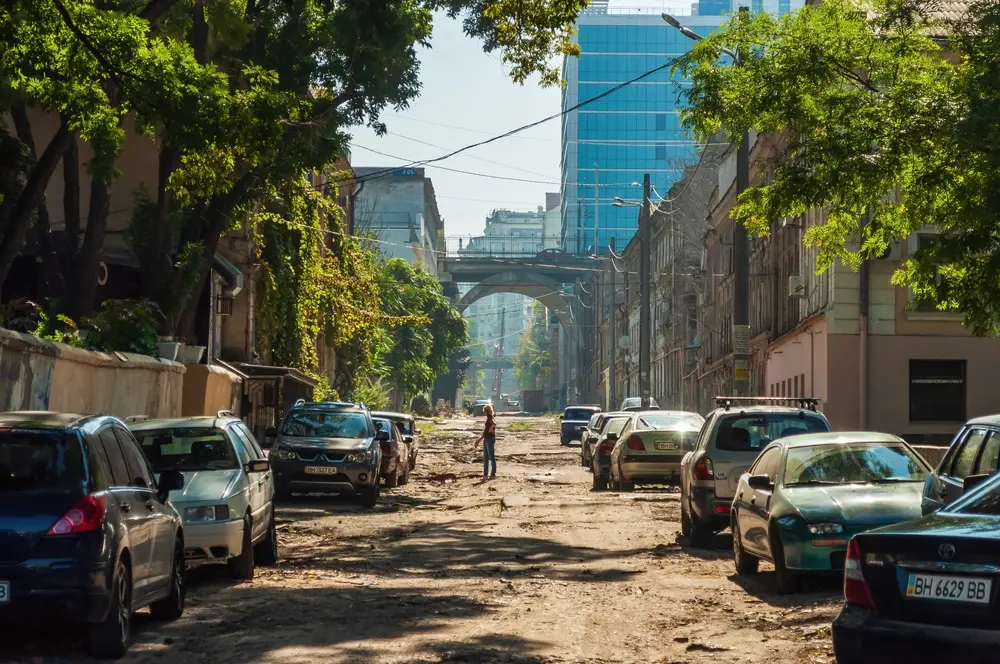
Try to always have at least one foreground and one background element in mind when composing. Of course, the more the merrier, different foregrounds, backgrounds, and middlegrounds are possible, too!
This helps visually separate key elements of your composition and makes the frame more aesthetically interesting.
Perspective
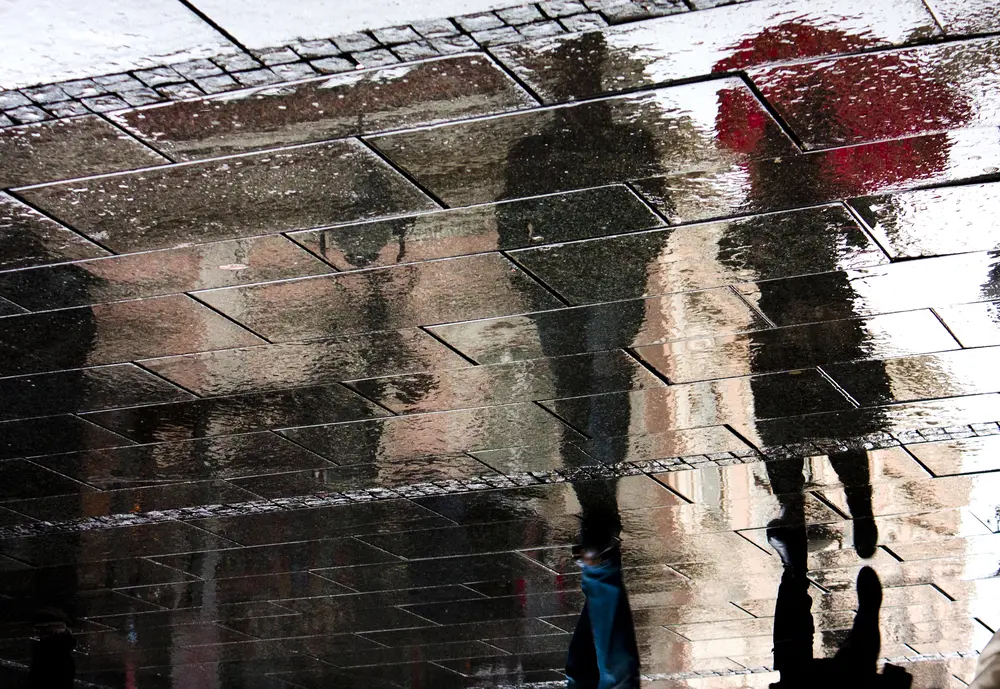
The vast majority of street photographs are shot with the camera level to the horizon and facing the subject head-on, but it doesn’t have to be this way. You can experiment with both angles and different perspectives in your photos to create different moods.
For instance, a frog’s eye view, shooting from the bottom looking upwards, can be a great trick to use to add depth and scale to architectural photos. Meanwhile, adding a slight downward angle shooting from a certain height can be very flattering in street portraits.
Conclusion
Street photography gives us what many shutterbugs crave: the thrill of entirely unpredictable scenes, often unstaged, and the raw human emotion and lived experiences that they represent.
But to capture this is no small feat. I hope that today’s assortment of street photography tips and tricks helped you get a little closer to realizing your goals, but suffice it to say that no amount of theory can get the whole job done.
Practice, and lots of it, is the only way to truly become an adept street photographer. So get out there, get shooting, and never forget to have fun while you’re at it!
Take Away
There are as many approaches to street photography as there are street photographers; that much is clear. However, this doesn’t mean that the genre is entirely amorphous or devoid of rules. Far from it! By studying some of the best examples and learning from them, we can appreciate how fine-tuning your technique and using novel creative approaches can lead to consistently impressive results. Whether you are a portraitist, an architect, a landscape artist, or even an abstract subject specialist, rest assured that there are countless street photography ideas and concepts yet to explore. I hope some of the ones we looked at today could help you, too!


